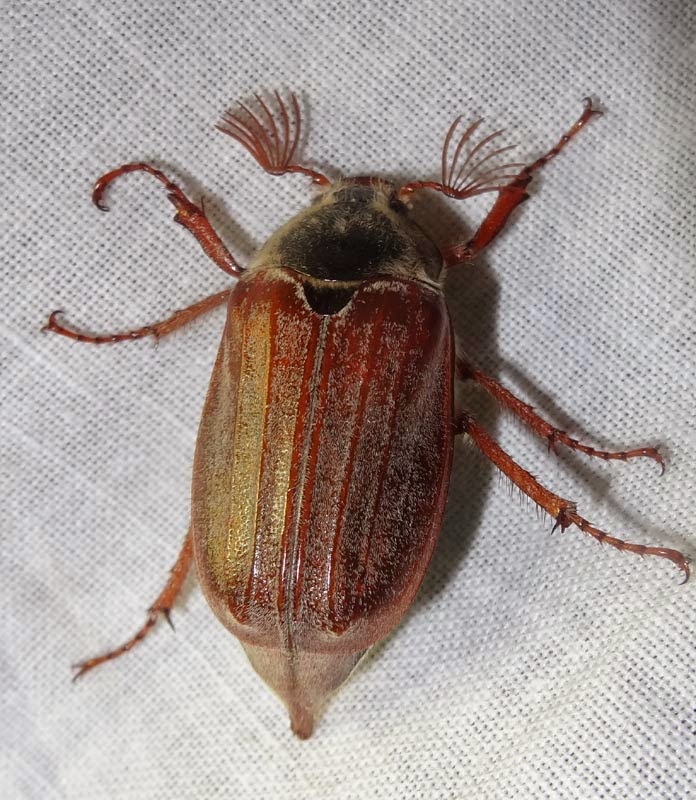There was the pleasing sight of three avocets on the park pools in the fields late in the afternoon. It was nice to see the birds wading through the water, sweeping their upturned bills from side to side as they fed.
Also in the fields were four greylag geese, four Canada geese, pair of redshank and a couple of black-tailed godwits.
Also noted at the park during the day was a barn owl hunting grass fields on the north side in the middle of the day, a marsh harrier circling high to the north, the call of the cuckoo was heard again while five swifts flew overhead. Offshore 4 common terns flew out of the river and 2 little egrets on the mud.
In the early evening 25 swifts, one house martin and a corn bunting were seen by Chapmans Lane near West Mersea.
Adrian Amos was pleased to see a song thrush visiting his East Road garden in recent days and also commented on seeing a handful of swifts in the skies above.
The weather stayed grey all day with the occasional bit of drizzle, which wasn't good for butterflies. The only one found was this speckled wood found resting on the outside white wall of the information room in the car park.
Three adders were seen basking in the morning sunshine on Monday 26th at the park.
The cloudy night-time conditions seemed ideal for mothing on Sunday 25th and this light emerald was one of a dozen of this species found in the trap the next morning. This individual was pictured after it had fluttered up and rested on the underside of some lime leaves.
The dog's tooth moth has been noted at the park before but it's not a regular visitor to the trap.
Other moths noted included poplar hawkmoth, grey pine carpet, sandy carpet, green pug, mottled beauty, common wave, clouded silver, common footman, flame, flame shoulder, setaceous hebrew character, large yellow underwing, white-point, vines rustic and snout.
The Robinson moth trap was also switched on in the Firs Chase garden on Sunday 25th. This green silver lines was the most eye-catching, the first one noted this season. Also seen were poplar hawkmoth, blood-vein, garden carpet, brindled pug, lime-speck pug, pale oak beauty, pale tussock, orange footman, knot-grass, angle shades, rustic shoulder knot and spectacle.












































